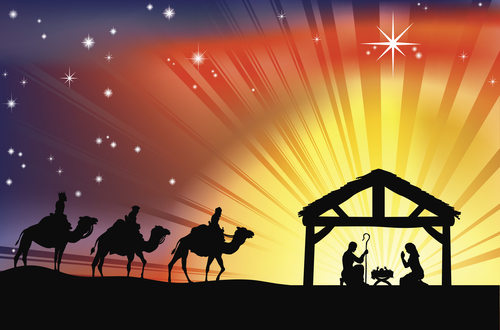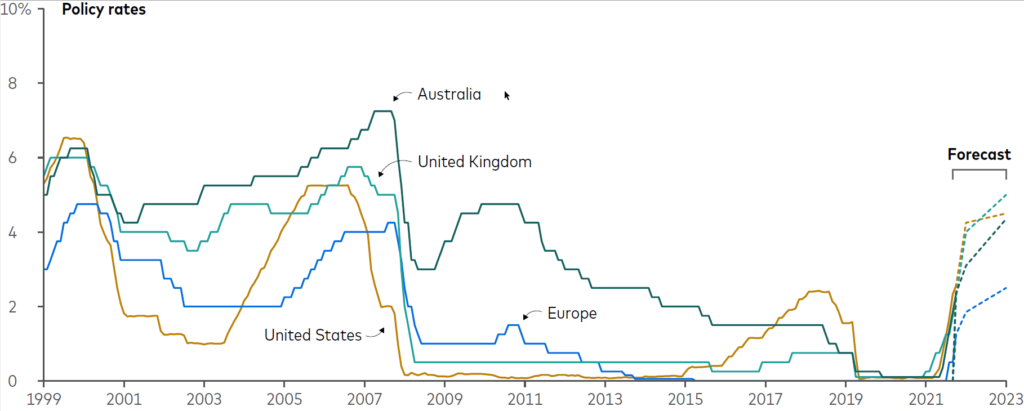My latest MoneySense Retired Money column has just been published and can be accessed by clicking the highlighted headline: Inflation and investments: Heads up if you’re retired or retiring soon.
It looks at the anxiety of would-be retirement savers in the light of soaring inflation and in particular, a recent Leger Questrade poll that looked at how inflation is affecting Canadians’ intentions to contribute to TFSAs and RRSPs. My Hub blog on this includes 4 charts on the topic.
Not surprisingly, inflation is a particular concern for retirees and those hoping to retire soon. The 2023 RRSP Omni report found that while 87% of Canadians are worried about rising prices, it also found 73% of RRSP owners still plan to contribute again this year, and so do 79% of TFSA holders. That’s despite the fact 69% fret that inflation will impact their RRSPs’ value and 64% worry about their TFSAs’ value. Seven in ten with RRSPs and 64% with TFSAs are concerned about inflation and a possible recession: 25% “very” concerned.
A Silver Lining
The MoneySense column also summarizes some of the compensating factors that Ottawa builds into the retirement saving system: as inflation rises, so too do Tax brackets, the Basic Personal Amount (BPA: the tax-free zone for the first $15,000 or so of annual earnings), and of course TFSA contribution limits (now $6500 in 2023 because of inflation adjustments). This was nicely summarized late in 2022 by Jamie Golombek in the FP, and reprised in this Hub blog early in the new year.
Because tax brackets and contribution levels are linked to inflation, savers benefit from a little more tax-sheltered (or tax deferred) contribution room this year. The RRSP dollar limit for 2023 is $30,790, up from $29,210 in 2022, for those who earn enough to qualify for the maximum. And TFSA room is now $6,500 this year, up from $6,000, because of an inflation adjustment. As Golombek noted, the cumulative TFSA limit is now $88,000 for someone who has never contributed to one.
Golombek, managing director, Tax & Estate planning for CIBC Private Wealth, wrote that in November 2022, the Canada Revenue Agency said the inflation rate for indexing 2023 tax brackets and amounts would be 6.3%: “The new federal brackets are: zero to $53,359 (15%); more than $53,359 to $106,717 (20.5%); more than $106,717 to $165,430 (26%); more than $165,430 to $235,675 (29%); and anything above that is taxed at 33%.”
Another break is that the yearly “tax-free zone” for all who earn income is rising. The Basic Personal Amount (BPA) —the annual amount of income that can be earned free of any federal tax — rises to $15,000 in 2023, as legislated in 2019.
CPP and OAS inflation boosts in late January
On top of that, retirees collecting CPP and/or OAS can expect significant increases when the first payments go out on or around Jan. 27, 2023. (I include our own family in this). There’s more information here. Continue Reading…






